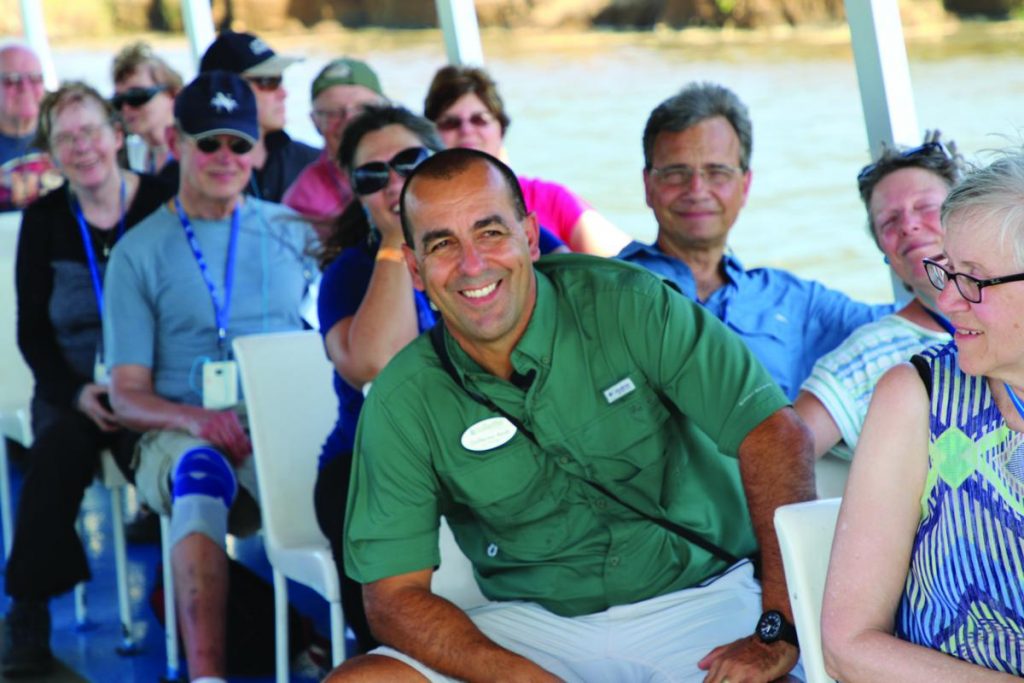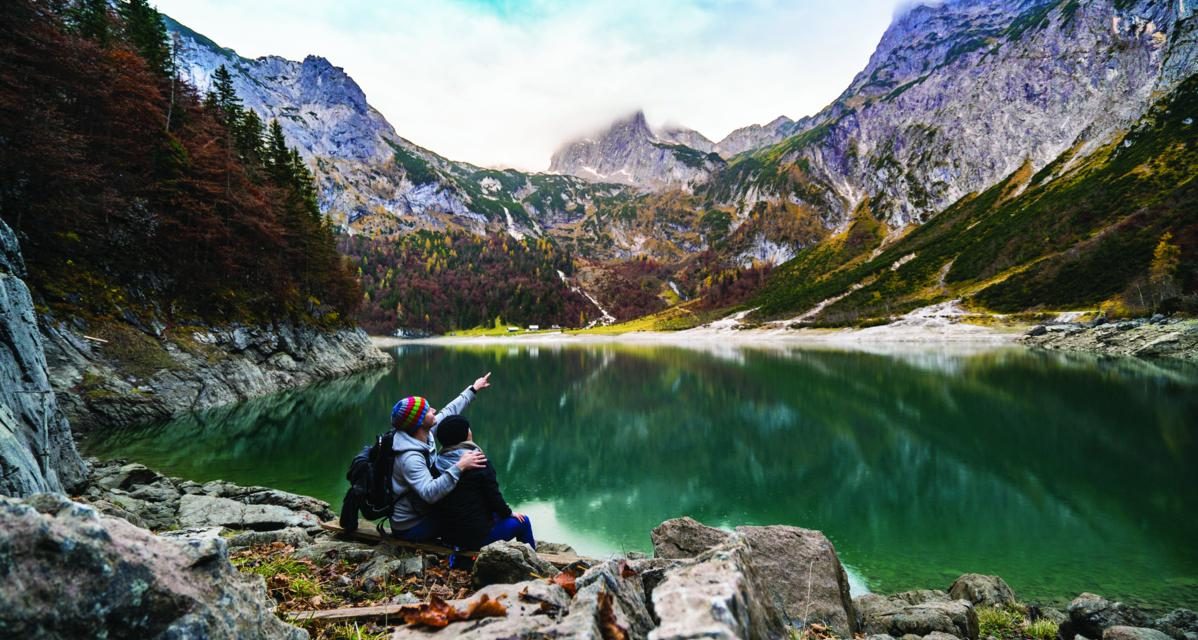As the world continues to move at a breakneck pace, it’s comforting to know a relaxing trip to Belize can be arranged quickly and easily.
Many of us prefer to take our sojourns to Belize, or whatever location we choose, via group travel, as it enables us to share our experiences with friends, family or strangers with pleasant faces.
In recent years though, there has been a budding trend in the group travel market as small group tours are growing in popularity.
“(Small group tours) are the fastest growing product line at Collette Vacations,” said Diana Ditto, director of product design for the firm. “There’s been steady and continuous growth since the inception of the product line about 10 years ago.”
The Merits of Small Group Travel
There are plenty of merits regarding small group travel which is generally considered groups of 16 passengers or fewer. Small tours enable travelers to cover more ground in a shorter amount of time, allow travelers to form tighter bonds with fellow adventurers and offer a more sustainable experience that appeals to ecotourists. Small group travel also takes some of the anxiety out of the equation for tour planners as itineraries are often tailored closer to the expectations of the travelers.
“Smaller group tours have a flexibility in terms of navigating a destination faster,” Ditto said. “You are able to get into more local restaurants and there are more activities available to you than with a large group tour. If you want to do a cooking class or a home-hosted dinner or a painting class in front of a painting at the Louvre, that’s easier to do with smaller numbers as opposed to the museum needing to accommodate 40 easels.”
“One hundred percent (the benefit to taking a small group tour) is the guides,” said Dan Austin, president of Austin Adventures. “We maintain a strict six-to-one guest to guide ratio. You are going to get much more interaction with a guide under these conditions vs. say, 15-to-one or higher. ”
Whatever the motivation may be, many sightseers are choosing to take their tours in smaller numbers even if it costs a bit more.
“People don’t mind paying a premium for that small group environment,” Ditto said.
“You are usually able to get to places that are a little more local. Usually, local places are less expensive than ones that can accommodate larger group tours. Restaurants, hotels, different museums, things like that, if you are with a smaller group, you can gravitate toward more local off-the-beaten patch products vs. the more touristy ones.”
While patrons don’t mind paying extra for the small-tour experience, tour operators still face the challenge of keeping costs down. After all, it’s more expensive to host a group of 16 than a group of 60 with the fixed costs being spread out over fewer people.
“We use historical data and budgets to estimate true cost,” said Austin. “By amortizing all cost over more travelers, we are able to offer better value. Let’s say you have a couple and they want a guided day trip. They have to hire a guide and cover 100 percent of the cost. With a small group, you might have 12 guests and two guides … essentially amortizing the cost of that guide over six guests.”
“Traveling in small groups helps to keep prices low as we are better able to fit into accommodations, restaurants, etc. that are not limited by a large group size,” said Tamara Olton, global purpose specialist, Midwest Region of G Adventures. “We also have 100 percent guaranteed departures and will never cancel a trip due to low enrollment, so the price is the same whether one person or 16 travel on an escorted trip with G.”

Small group tours are growing in popularity.
“You just have to think more creatively,” Ditto said. “One of the benefits of traveling in small groups is it’s easier to use pubic transportation. We do that a lot with explorations. Buses, trains and also walking tours of cities with an average of five to 18 people is a lot easier than if you are there with a full tour coach. Smaller groups have more options which can open up the pricing. If you take a cooking class, there are more cooking schools that can accommodate 20 people vs. 40 people, so you have more to choose from.”
Adventure Travel in Small Groups
While not necessarily a synonym for small group travel, adventure travel is often the preferred excursion method for smaller groups.
“G Adventures does small group adventure travel around the world, but adventure to us doesn’t mean adrenaline, it means immersion,” said Olton. “Our trips are designed to help our travelers feel like participants in a destination rather than passive observers. We curate unique itineraries and incorporate as much local interaction as possible. We want our travelers to feel like they are a part of the places they visit.”
“The accepted and often used name (for small group travel) is adventure travel,” Austin said. “We expend on that with small group, high touch, fully supported, active adventures.”
And he’s not the only one. According to survey results from the Travel Leaders Group and the Adventure Travel Trade Association, 86 percent of survey respondents from the travel agent sector said they’ve experienced growth in their adventure travel sales over the past three years. One company that exemplifies this growing popularity is Under30Experiences, a group travel company for 21- to 35-year-olds. It was recently named to the 2019 Inc. 5000 list of fastest-growing private companies in America and has grown 311 percent over a three year period, making it the fastest-growing group travel company in the country with at least $2 million in revenue.
While those numbers suggest adventure travel is strictly a young man and woman’s game, the aforementioned survey’s respondents say otherwise. According to the survey’s respondents, the average age of adventure travelers in the 29-40 age range vs. the 41-50 age range differed by only one percentage point while a robust 22 percent of adventure travelers fell into the 51-60 age bracket.
“We run the whole spectrum of ages,” Olton said. “Starting in 2020, we will be working with National Geographic to run National Geographic Journeys Family Adventures where the focus is on children and their families. Our regular escorted trips are not capped by age. While our average traveler age in the U.S. tends to be between 48-54, 65 percent of our travelers are above the age of 40. So, we truly do have the whole age spectrum as our target traveler.”
When it comes to small group tours and adventure travel, age truly is just a number and not a limitation, which is excellent news for tour operators.
By Jason Paha






